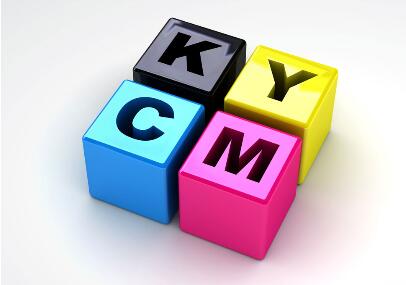Printing is a technology that transfers ink, text, pictures, photos, anti-counterfeiting and other originals to the surface of paper, textiles, plastics, leather, and other materials through the process of plate making, ink application, and pressurization. In the normal printing process, you need to master the following changes.

â‘ Ink change
a. The drying speed of the ink is proportional to the speed of the vehicle. If the drying speed of the ink matches the speed of the vehicle, the printing operation is normal.
b. Master the thickness, viscosity and change of ink.
c. Choose a solvent that is compatible with the printed product and ink.
d. Control various parameters of the ink to ensure that the product meets quality standards.
â‘¡ Change of hot and cold wind
a. Mastering the balance of air volume and hot and cold air according to the weather and the temperature in the workshop is the key to printing a good product. There should be constant temperature and humidity equipment in the workshop, otherwise the low temperature in winter can only open the hot air, and the high temperature in summer can only reduce the hot air, and open the cold wind, which will inevitably affect the speed and product quality.
b. When the cold plate is driven in the early shift, the printing plate and platen roller have not been transferred by heat, and the speed of the vehicle must be slowed down properly. After 1h, the speed of the vehicle can be gradually accelerated to the extent of adapting to the drying of ink.
c. The distance of the electric hot air can be corrected according to the performance of the film and the size of the printing plate.
d. The electric wind direction should be aligned with the printing surface. If it is found that the tuyere is down, it must be corrected, otherwise blowing the trigger roller will affect the quality of the product.
â‘¢Tension change
a. Adjust the tension according to the type of film and its shrinkage. Films with large expansion ratios, such as PE and CPP, are easy to deform themselves, so the tension should be small; for films with low expansion ratios, such as PET and OPP, the tension can be correspondingly higher.
b. Determine the tension according to the thickness of the film and its intrinsic quality. The tension on both sides of the film is inconsistent, flat? Not good, the tension can be increased a little; if the film quality is good and the thickness is thin, the tension can be reduced.
c. When the temperature of the drying oven and the weather environment are increased, the film can be stretched easily, so the tension can be reduced accordingly.
d. Considering the deformation and staining of the film, the winding tension should not be too large. Generally, the product is wound neatly and does not slide.
e. In order to ensure the accuracy of register, the tension of unwinding and winding should be balanced. Most of the domestic gravure rotary printing machines use Samsung roller friction discs for unwinding. At present, electromagnetic powder clutches are also used. The winding motor uses a torque motor to control the tension of the plastic film. When printing multiple colors, automatic tension adjustment devices are used. Imported printing machines currently use electromagnetic powder clutches or DC motors to directly control the unwinding and rewinding tensions, and the color accuracy control uses photoelectric registering combined with tension automatic adjustment devices. However, some group gravure rotary printing machines are equipped with jumping rollers on the unwinding shaft to balance the tension of the discharge.
Hot reading:
The high content of mineral oil detected in Dove is suspected that the ink on the packaging paper is contaminated by e-commerce, the carton industry is booming, and the two men set fire to the factory. They want to take over the entrepreneurial e-commerce to promote the increase in the price of imported waste paper. The report recently released which "big events" will affect the packaging and printing industry citizen observation group to experience the movable type experience hall to witness the evolution of printing technology. The call of express packaging: do not limit too much weight and show the most beautiful self express packaging carton recycling 3 years to save 1250 tons of paper The Green Linkage Plan has been successful. Jingcheng Mechatronics and Kangshuo Group jointly built a Beijing 3D printing additive manufacturing demonstration center
Editor in charge: Liu Yang
Temperature Measurement Module
The self-service temperature measurement module is a self-service temperature measurement board developed based on STMicroelectronics chips. The industrial-grade main control chip is selected to ensure system reliability. This module is equipped with an infrared temperature measurement sensor, with high precision and high reliability.
Infrared Temperature Measurement Module, Thermal Imaging Camera Module, Body Temperature Measurement Module
Guangdong Zecheng Intelligent Technology Co., Ltd , https://www.zechengsecuritys.com